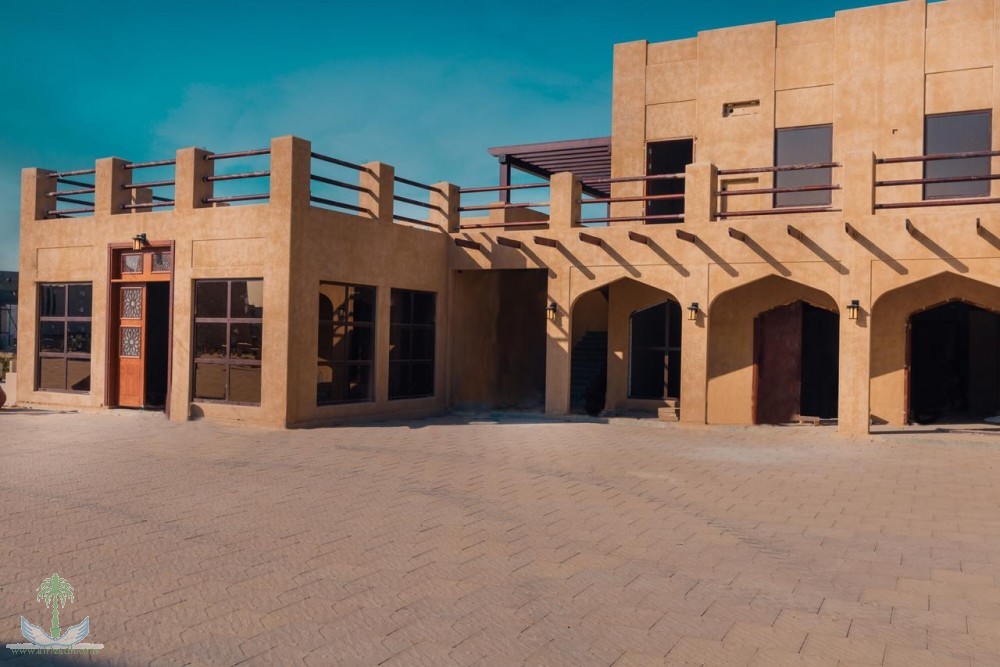
KAUST Scientists Provide Evidence That the Red Sea Dried Up 6 Million Years Ago
Scientists from King Abdullah University of Science and Technology (KAUST) have provided conclusive evidence showing that the Red Sea completely dried out around 6.2 million years ago before being suddenly refilled by a catastrophic flood from the Indian Ocean. The findings, published in Communications Earth and Environment, precisely date a dramatic geological event that permanently reshaped the Red Sea.
Using seismic imaging, microfossil evidence, and geochemical dating techniques, the KAUST researchers found that a massive change occurred in about 100,000 years — a remarkably short period for such a major geological transformation. The Red Sea shifted from being connected to the Mediterranean Sea to becoming an empty, salt-filled basin, before a massive flood burst through volcanic barriers to open the Bab Al-Mandab Strait, reconnecting the Red Sea with the world's oceans.
Lead author Dr. Tihana Pensa of KAUST explained that the Red Sea basin records one of the most extreme environmental events on Earth, as it completely dried up and was then suddenly reflooded about 6.2 million years ago. She noted that this catastrophic flood transformed the basin, restored marine conditions, and established the Red Sea's lasting connection to the Indian Ocean.
The study details how the Red Sea was initially linked from the north to the Mediterranean Sea through a shallow sill, but that connection was severed, leaving the basin as a barren salt desert. In the south, near the Hanish Islands, a volcanic ridge separated the Red Sea from the Indian Ocean. Around 6.2 million years ago, seawater from the Indian Ocean surged across this barrier in a catastrophic flood, carving a 320-kilometer-long submarine canyon that remains visible today on the seafloor. The flood rapidly refilled the basin and restored marine conditions in less than 100,000 years. This occurred nearly one million years before the famous Zanclean flood that refilled the Mediterranean, giving the Red Sea a unique story of geological rebirth.
Formed by the separation of the Arabian Plate from the African Plate about 30 million years ago, the Red Sea began as a narrow rift valley filled with lakes and gradually widened into a gulf when Mediterranean waters flooded it around 23 million years ago. Marine life flourished, as seen in the fossil reefs along the northern coasts near Duba and Umluj, but increasing salinity between 15 and 6 million years ago led to widespread extinction. Thick layers of salt and gypsum accumulated until the basin eventually dried up completely, before being refilled by the massive flood that revived marine ecosystems — life that still thrives in the Red Sea's coral reefs today.
The Red Sea is now regarded as a natural laboratory for studying how oceans form, how giant salt deposits accumulate, and how climate interacts with tectonic processes over millions of years. The discovery underscores the Red Sea's close connection to global oceanic changes and demonstrates how the region has endured extreme environmental conditions before ultimately re-emerging as a vibrant marine ecosystem.








